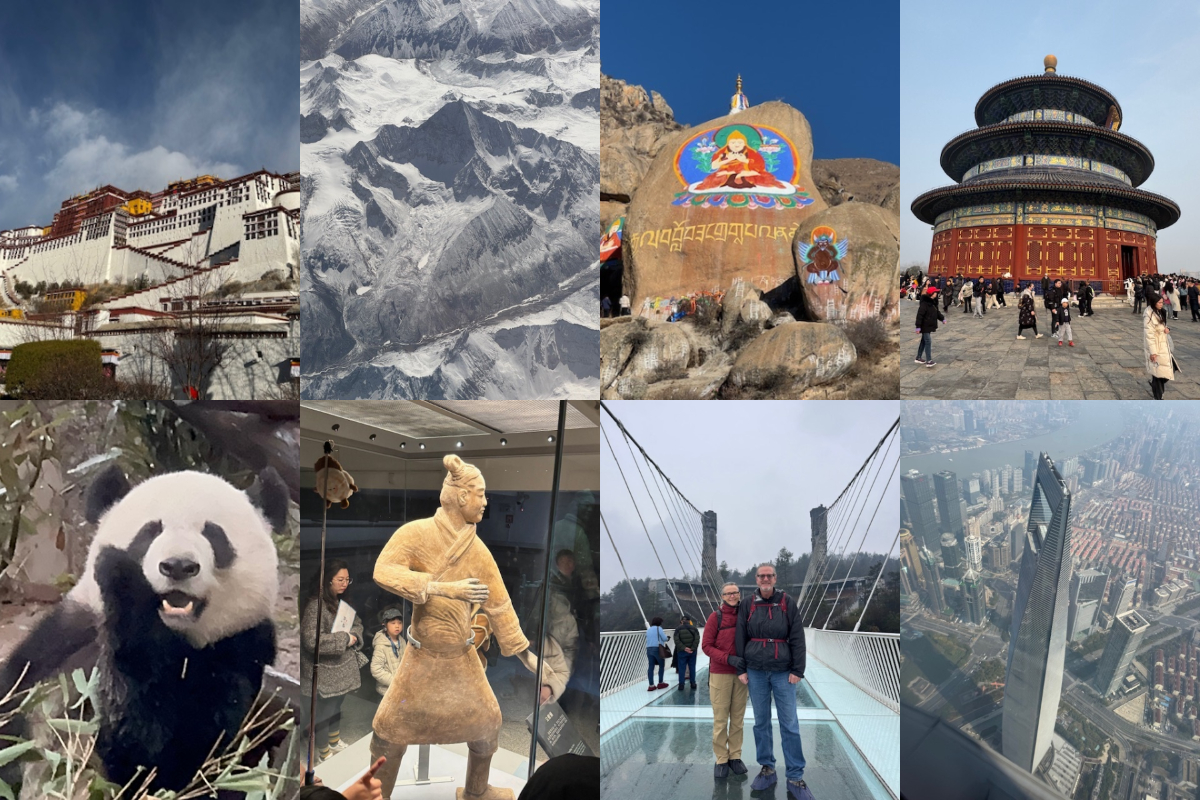- info@TibetDiscovery.com
- +86-28-85227275
- About Us Customize a Tour Contact us
-
Tibet Tours
-
Most Popular Tibet Tours
Top-rated and best-selling
- 4 Days Holy City Lhasa Tour
- 5 Days Lhasa & Namtso Tour
- 8 Days Everest Base Camp Tour
- 8 Days Beijing Lhasa Train Tour
- 9 Days Lhasa Kathmandu EBC Tour
-
By Regions
Lhasa, Everest & Mt.Kailash
- Lhasa & Surrounding Tour
- Lhasa+Shigatse+Mt.Everest
- Lhasa+Shigatse+Mt.Kailash
- Lhasa+Nyingchi Tour
-
By Entry City
Gateway cities to Tibet
- Beijing Tibet Tours
- Chengdu Tibet Tours
- Shanghai Tibet Tours
- Kathmandu Tibet Tours
- All China Tibet Tours
-
By Theme
Custom special interests.
- Train & Railway Tours
- Tibet Hiking & Camping
- Family Tours with Kids
- Culture & Festival Tours
- All Theme Tours
-
By Duration
Match your dates
- 4-7 Days(25)
- 8-14 Days(18)
- 15-21 Days(4)
-
-
Group Tours
-
Popular Tibet Group Tours
fixed departure, money-saving
- Lhasa City & Surrounding
- Lhasa-Everest Tour
- Lhasa Shigatse Tour
-
>>Join in Booked Groups
-
-
Nepal Tibet Tours
-
Best selling Nepal and Neighbor Countries Tour
Well-selected and classic itineraries
-
-
China Tibet Tours
-
Top Cities to Enter Tibet
by train or flight
-
 Beijing Tibet Tours
Beijing Tibet Tours
-
 Chengdu Tibet Tours
Chengdu Tibet Tours
-
 Shanghai Tibet Tours
Shanghai Tibet Tours
-
 Xining Tibet Tours
Xining Tibet Tours
-
 Tours for Expats
Tours for Expats
Popular Cities + Lhasa Tours
covers the best highlights in China
- 10 Days Beijing Xian Lhasa Tour
- 10 Days Beijing Lhasa Shanghai Contrast Tour
- 10 Yunnan Tibet Highlights Tour
- 12 Days China Tibet Discovery Tour
- 13 Days Panda Tour Plus Tibet Tour
- 15 Days Tibet Tour with Yangtze Cruise
- 15 Days China Tibet Impression Tour
>>Customize Your China Tibet Tour
-
-
Travel Guide
- Lhasa
- Shigatse
- Everest
- Kathmandu
>>All Destinations
Regional Guide
Destinations to go
- Tibet Permit & Visa
- Nepal Group Visa
- High Altitude Sickness
- Currency & Credit Card
>>All to Know
Know Before You Go
Crucial things to learn
- Tibet Buddhism
- Tibet Festivals
- Tibet People
- Etiquettes and Taboos
>>All to Know
Tibet Facts
Its people, culture...
- Popular Tibet attractions
- Tibet Hotels
- Tibet Maps
- Tibet Photo
>>All to Know
Useful Travel Guide
Sightseeing, accommodation
- Flight to Tibet
- Train to Tibet
- Road to Tibet
- Qinghai - Tibet Railway
>>All to Know
How to Get to Tibet
Major transportation tools
- Train to Tibet
- Tibet Permit














 Karen
Karen Wonder
Wonder Jack
Jack Rita
Rita Johnson
Johnson Vivien
Vivien Wing
Wing Ariel
Ariel Leo
Leo Tracy
Tracy Evelyn
Evelyn April
April Phoebe
Phoebe Kelly
Kelly Shirley
Shirley Reya
Reya Juliet
Juliet Elk
Elk Felix
Felix Sean
Sean



 TibetDiscovery.com. TEL: 86-28-85227275 / 86-28-85223672
TibetDiscovery.com. TEL: 86-28-85227275 / 86-28-85223672